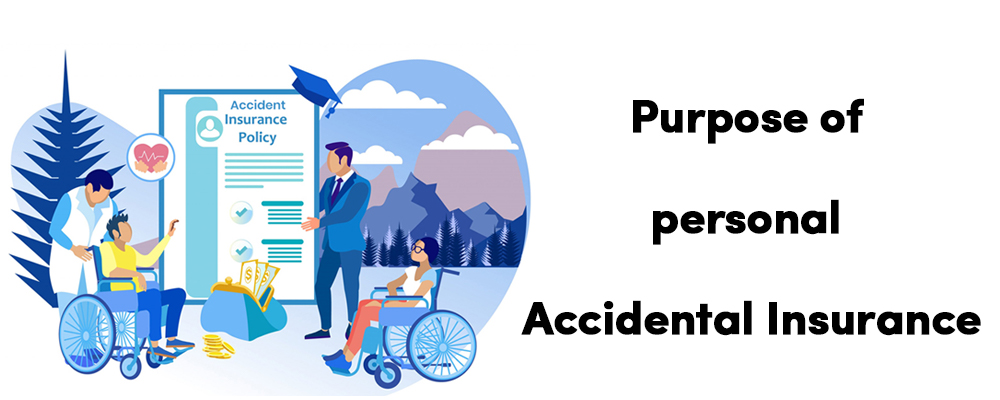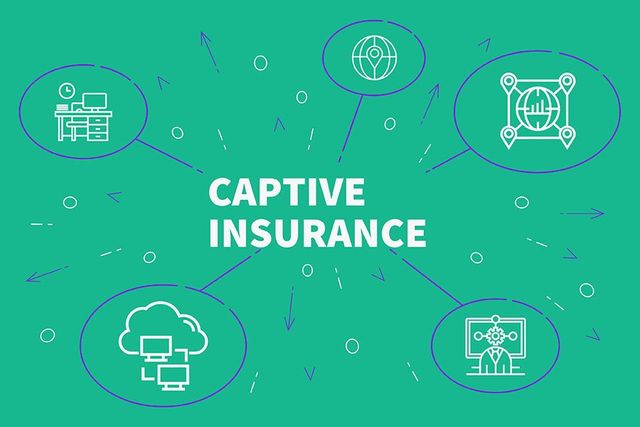What Does Pacific Prime Mean?
Rumored Buzz on Pacific Prime
Table of ContentsSee This Report on Pacific PrimeFacts About Pacific Prime RevealedThe Main Principles Of Pacific Prime Pacific Prime - Questions
In a lot of states, the insurer is required to send you a copy of the changes to your policy. It is important that you read Endorsements or Cyclists so you recognize just how your plan has changed and if the policy is still ample to fulfill your demands. To acquire a duplicate of your insurance coverage policy, please contact your insurance coverage representative or firm.
The Institute of Medication (IOM) Board on the Effects of Uninsurance launches an extensive evaluation of proof that addresses the value of medical insurance coverage with the publication of this record. Insurance coverage Issues is the very first in a collection of six records that will certainly be issued over the following two years documenting the fact and effects of having an approximated 40 million individuals in the United States without medical insurance coverage.

Rumored Buzz on Pacific Prime
The objective of this collection of studies is to redouble plan attention on a longstanding trouble. Following the longest financial development in American background, in 1999, an estimated one out of every six Americans32 million adults under the age of 65 and greater than 10 million childrenremains without insurance (Mills, 2000).

Ten percent of the population make up 70 percent of healthcare expenditures, a correlation that has stayed constant over the past 3 years (Berk and Monheit, 2001) - global health insurance. Hence wellness insurance policy proceeds to offer the feature of spreading risk even as it significantly finances routine treatment. From the point of view of health treatment providers, insurance policy lugged by their people helps secure an income stream, and neighborhoods gain from economically feasible and steady healthcare professionals and establishments
Federal government gives wellness insurance policy to populaces whom the exclusive market might not offer successfully, such as handicapped and elderly persons, and populations whose access to health treatment is socially valued, such as youngsters and expecting females. The ultimate ends of medical insurance protection for the private and neighborhoods, consisting of office neighborhoods of workers and employers, are improved wellness end results and lifestyle.
The Only Guide for Pacific Prime
Workers rate medical insurance initially without a doubt in importance amongst all the benefits used in the workplace (Salisbury, 2001). Although there have actually been substantial investments of individual and public funds to provide wellness insurance coverage, many individuals still have no protection. Regardless of comprehensive coverage of study findings and healthcare research results, the general public remains confused and mistaken regarding Americans without medical insurance and the ramifications of lacking coverage.

Without doubt, the intricacy of American health treatment funding systems and the riches of resources of details include in the public's confusion and apprehension about medical insurance data and their analysis. This record and those that will certainly follow objective to distill and provide in easily easy to understand terms the extensive research study that births on concerns of medical insurance coverage and its value.
Fifty-seven percent of Americans surveyed in 1999 thought that those without health and wellness insurance policy are "able to obtain the treatment they require from medical professionals and hospitals" (Blendon et al., 1999, p. 207). In 1993, when national attention was concentrated on the troubles of the without insurance and on pending wellness care regulations, just 43 percent of those polled held this idea (Blendon et al., 1999).

They additionally obtain fewer preventive services and are much less most likely to have normal look after persistent problems such as high blood pressure and diabetic issues. Chronic conditions can cause costly and disabling problems if they are not well managed (Lurie et al., 1984; Lurie et al., 1986; Ayanian Recommended Site et al., 2000). One nationwide survey asked greater than 3,400 adults about 15 very severe or morbid problems.
Some Known Details About Pacific Prime
Added evidence is provided later on in this chapter in the discussion of insurance and accessibility to wellness treatment. https://pacificpr1me.weebly.com/. Individuals without medical insurance are young and healthy and balanced and select to go without insurance coverage. Practically half (43 percent) of those checked in 2000 believed that individuals without medical insurance are more probable to have wellness problems than individuals with insurance
Citizens and plan makers in emphasis group conversations characterize those without insurance coverage as young people who have the possibility to be covered and feel they do not need it (Concierge Novelli, 2001). Compared to those with at least some exclusive coverage, the without insurance are much less likely to report being in outstanding or excellent health (Company for Healthcare Research Study and Top Quality, 2001).
SOURCE: Center for Price and Funding Studies, Company for Medical Care Research and Top quality, based on MEPS data. Young person between 19 and 34 are much more likely to lack medical insurance than any various other age. This is primarily since they are less often eligible for employment-based insurance coverage as a result of the nature of their job or their short tenure in it.
The assumption that individuals without insurance policy have better-than-average health follows from puzzling the reasonably young age account of the uninsured with the better health, generally, of younger persons. This obscures the link between health status and medical insurance. For those without access to workplace medical insurance, poor health is a potential barrier to acquiring nongroup coverage due to the fact that such insurance coverage might be extremely valued, exclude pre-existing conditions, or be simply unavailable.